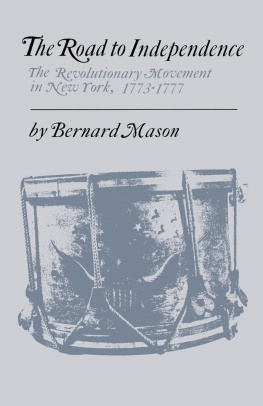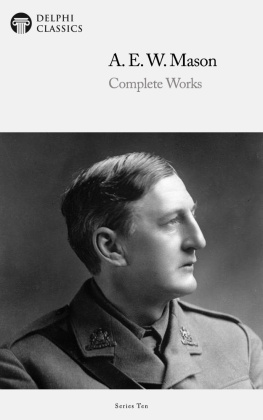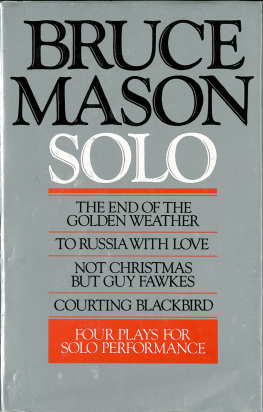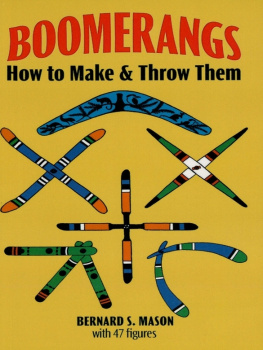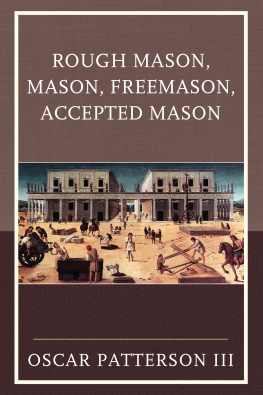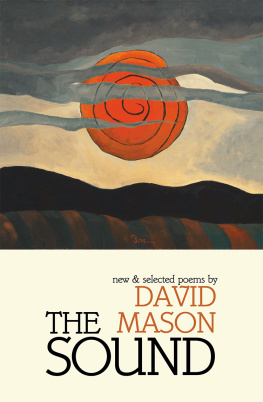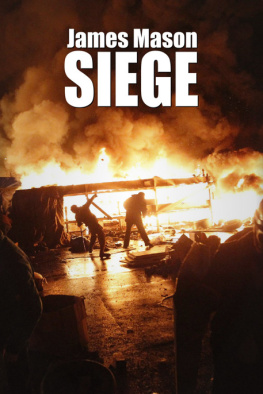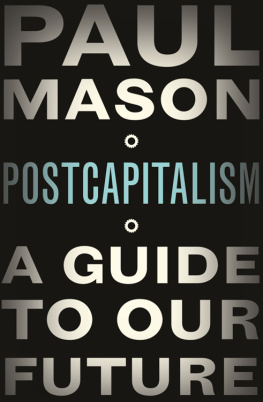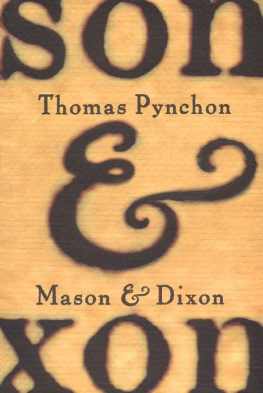Copyright 1967
UNIVERSITY OF KENTUCKY PRESS, LEXINGTON
FOR PERMISSION to quote material from the books noted below, the author is grateful to these publishers:
Charles Scribners Sons, for Father Knickerbocker Rebels by Thomas J. Wertenbaker. Copyright 1948 by Charles Scribners Sons.
The Bobbs-Merrill Company, Inc., for John Jay by Frank Monaghan. Copyright 1935 by the Bobbs-Merrill Company, Inc., renewed 1962 by Frank Monoghan.
The Regents of the University of Wisconsin, for The History of Political Parties in the Province of New York, 1760-1776, by Carl L. Becker, published by the University of Wisconsin Press. Copyright 1909 by the Regents of the University of Wisconsin.
Manufactured in the United States of America. Library of Congress Catalog Card No. 66-26691.
PREFACE
THE HISTORIAN of the Revolution in New York has no simple task in writing about his subject because New York has occupied an ambivalent position in revolutionary history. A rebel party did commit the colony to independence, but the presence of thousands of loyalists lent credence to the idea in a later age that the revolutionaries represented a minority. Furthermore, a later generation emphasized the Whigs vacillation in 1775-1776 and attributed it in part to a major loyalist reaction. The effect of this interpretation was to obscure the general spread of hostility to Great Britain. Subsequent historical writing proceeded along these lines and tended to perpetuate an illusory description of the province. The evidence presented in these pages indicates the inadequacy of this view of New York and suggests a different interpretation. A tenable hypothesis which emerges from the data is that the Whigs were a decisive majority. Associated with this proposition are other relationships which yield illuminating insights for the exploration of the Revolution.
This book does not offer a strictly chronological treatment of its topic, even though it describes the trend of events from 1773 to 1777. Its point of departure is an analysis that stresses the strengths and weaknesses of the organization of the revolutionary movement. Although the Declaration of Independence was a decisive stage in the growth of the Revolution, in New York independence was only one-half of the great question. The other half, which was not resolved until the spring of 1777, was the nature of the new government. However, there was no orderly sequence in these two matters because Yorkers, leaders and general public alike, were discussing them simultaneously as interrelated problems in the spring of 1776. Therefore, the culmination of the Revolution for these people seemed to occur when the Convention of Representatives of the State of New York adopted the New York Constitution of 1777.
One of the problems peculiar to this era is that of classifying individuals according to their political behavior. The problem is peculiar because one of the consequences of the friction with Britain was the shattering and regrouping of the existing factions into Whigs (often also denominated Friends of Liberty, Liberty Boys and Sons of Liberty) and Tories (Friends of Government). Historians have usually characterized the factions leaders as radical, moderate, or conservative but have not explicitly stipulated the criteria by which they arrived at these judgments. A major difficulty with the usage of these terms as indicators of political beliefs is, for example, that a person who might have been a radical in his opposition to the Lord North ministry might have been a moderate on the question of the right of suffrage.
One solution is to employ these three words in relation to specific circumstances. Thus, in one context the words indicate attitudes toward resistance to British policies; in another context they designate positions in relation to constitutional problems in the Convention. The radicals in the first context were the men who advocated uncompromising resistance to Britain and demanded that nations complete retreat on the disputed affairs. During the winter of 1775-1776 men of this stripe were publicly contending for separation from the mother country. The moderates condemned the North ministry but kept a sharp vigil for means of compromise. Nonetheless, the moderates sponsored policies that steadily widened the gap between New York and Britain. On the question of independence they publicly favored delay but privately conceded in June, 1776, the necessity of the separation. Although the conservatives opposed ministerial measures, they also rejected vigorous opposition to those measures. The conservatives might have acquiesced in Lord Norths conciliation proposals of 1775 or the Howe Olive Branch of 1776. When the formal break occurred in July, the conservatives discountenanced independence. Many men moved from one category to another under the pressure of events. Alexander McDougall by the spring of 1776 had broken with his radical associates and was firmly in the moderate camp. On the other hand, John Jay gradually abandoned his conservative position in 1775 for that of the moderates.
In the second context the lines of differentiation are much less clearly drawn than in the first. The radicals in the Convention sought to obtain a constitution that would allow maximum participation of the male citizenry on all levels of government. Although the moderates were not ready to go this far, their proposals would have given the middle and small landholders much greater weight in the government than those of the conservatives. An initial objective of the conservatives was to minimize political change and to preserve the power and influence of the wealthy in the governmental structure. However, the exigencies of politics compelled both moderates and conservatives to shift ground, so that there were occasions when many moderates were indistinguishable from conservatives.
My debts to others are numerous and it is a pleasure to acknowledge them. Professor Richard B. Morris, Professor Chilton Williamson, and Dean Harold C. Syrett contributed indispensable criticism from which I have benefited greatly. If the results are not commensurate with their efforts, the fault is mine and not theirs. My colleagues, Professors Amy Gilbert, Albert V. House and Bernard F. Huppe, took the time and trouble to read critically the manuscript. I owe a special debt to Professor Alfred B. Rollins, Jr., for his perspicacious comments and encouragement. Naturally all errors of omission and commission are mine alone. I am grateful to the Research Foundation of the State University of New York and the Harpur College Foundation for financial assistance. The invaluable help of the library staffs of the institutions hereinafter cited is acknowledged with gratitude. These acknowledgments would be incomplete without mention of the unflagging aid, never-failing good humor and encouragement of my wife Marjorie.
State University of New York
at Binghamton
April, 1966 BERNARD MASON

